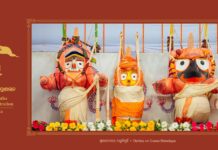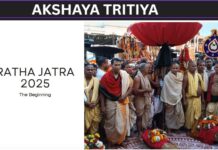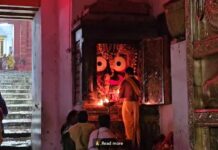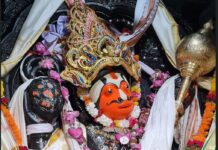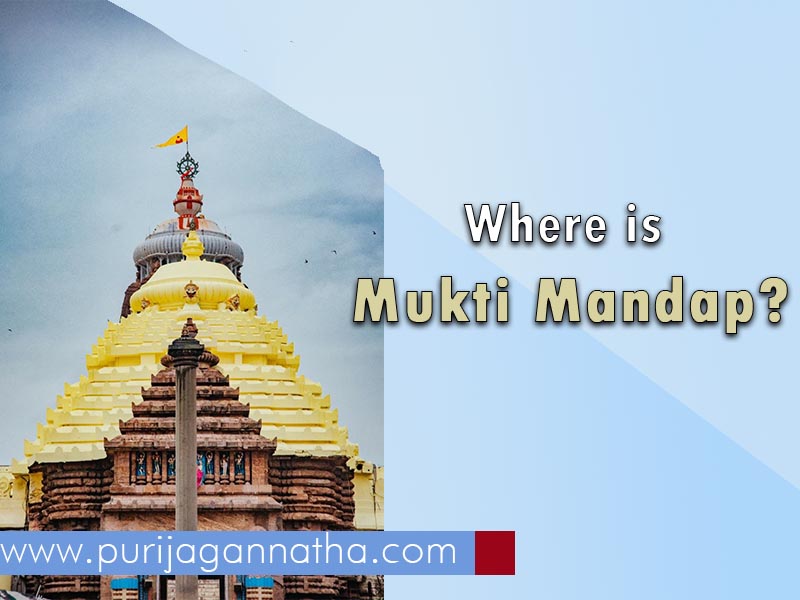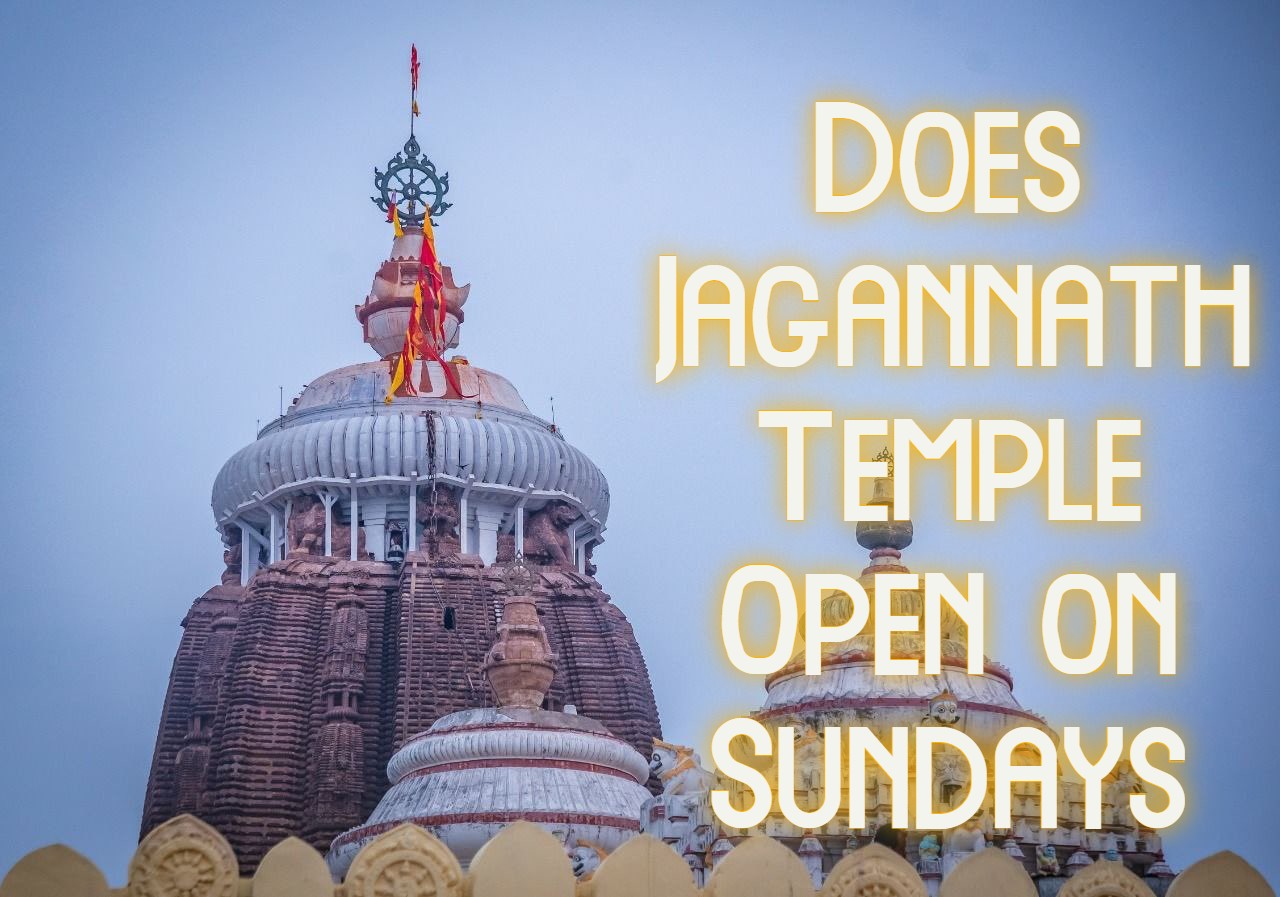The word “Jagannatha” is coined many years ago and is a portmanteau word blended with “Jagata” and “Natha”. This means the lord of the Universe. So it should be pronounced as “Jagannatha”. But the English travelers could not perceive the philosophy behind the portmanteau and pronounced this as Jagaurnut, which they mean as Huge or large. This might be used because of the huge idol, huge chariots, and congregation of people. In the latter part, the word “ Jagaurnut” is also added to the dictionary and means the same “ huge” demon, etc.
Many people, saints, and philosophers believed that Lord Jagannatha is the incarnation of Lord Bishnu. But nowhere the name of Lord Jagannatha is mentioned in the Dasha Avatara ( 10 incarnations) of Lord Bishnu, the supreme Hindu God.
Another school of thought believes that the heart ( Brahma) inside the wooden image of Sri Jagannath is reminiscent of Lord Krishna from the Dwapara Yuga. As Lord Krishna is the incarnation of Lord Bishnu so also Lord Jagannath.
So Sri Jagannatha was never born, he is eternal and worshipped here from ages.
Brahma is eternal. Nowhere in the world this “Brahma” concept being adopted to worship an idol except Puri. This is similar to the soul of any human being and is considered as eternal. Though the wooden idol of the “ChaturdhaMurti” changes every 19 years (approx) on a special occasion named Nabakalebara. According to Hindu Calender, the leap year with an extra Ashadha month the nabakalebara festival observed. The Brahma is shifted to new idol during midnight by the concerned servitor with covers eyes and hands.

